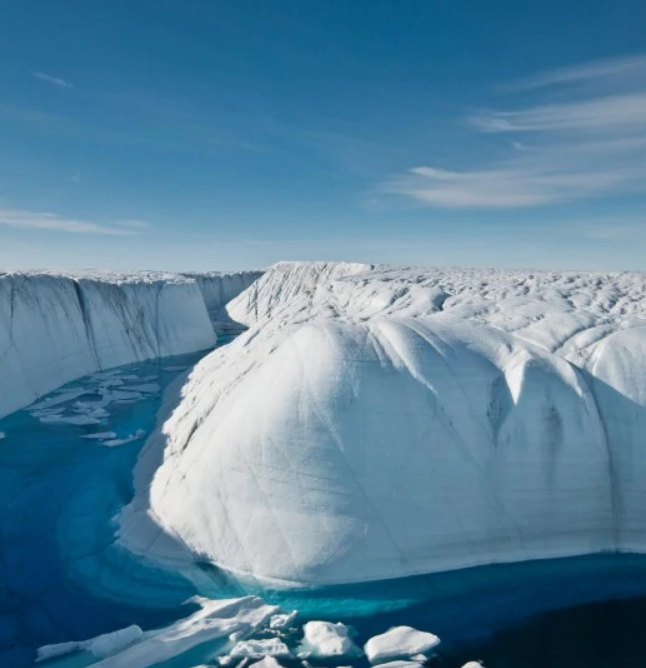Greenland 'zombies' loom
 New research suggests Greenland's rapidly melting ice sheet will eventually raise global sea level by at least 27cm.
New research suggests Greenland's rapidly melting ice sheet will eventually raise global sea level by at least 27cm.
A new study plots the future effects of ‘zombie ice’, which while still attached to thicker areas of ice, is no longer getting replenished by parent glaciers now receiving less snow.
Without replenishment, the ice is doomed, and its melting will raise seas, according study co-author William Colgan from the Geological Survey of Denmark and Greenland.
“It's dead ice. It's just going to melt and disappear from the ice sheet,” Dr Colgan says.
“This ice has been consigned to the ocean, regardless of what climate [emissions] scenario we take now.”
The unavoidable 27cm in the study is more than twice as much sea level rise as scientists had previously expected from the melting of Greenland's ice sheet. The study says it could reach as much as 78cm.
Last year's Intergovernmental Panel on Climate Change report projected a range of 6 to 13cm for likely sea level rise from Greenland ice melt by the year 2100.
Dr Colgan says that his researchers looked at the ice in balance. In perfect equilibrium, snowfall in the mountains in Greenland flows down, recharges and thickens the sides of glaciers, balancing out the melting on the edges.
However, in the last few decades, there has been less replenishment and more melting, creating imbalance.
The experts looked at the ratio of what is being added to what is being lost and calculated that 3.3 per cent of Greenland's total ice volume will melt no matter what happens with the world cutting carbon pollution, Dr Colgan said.
The research team does not know how long it would take for all the doomed ice to melt, but an educated guess would put it at the end of this century or at least by 2150.








 Print
Print